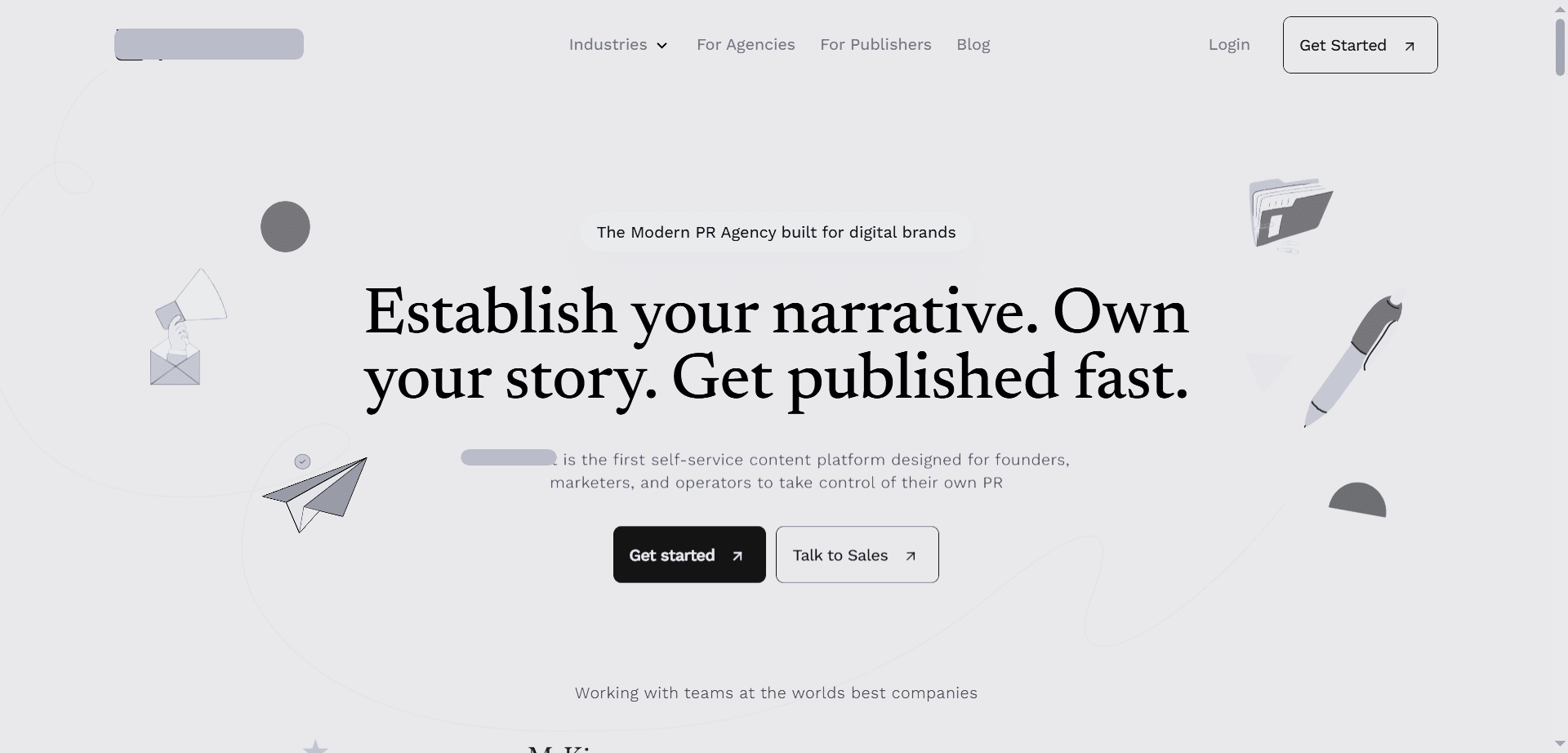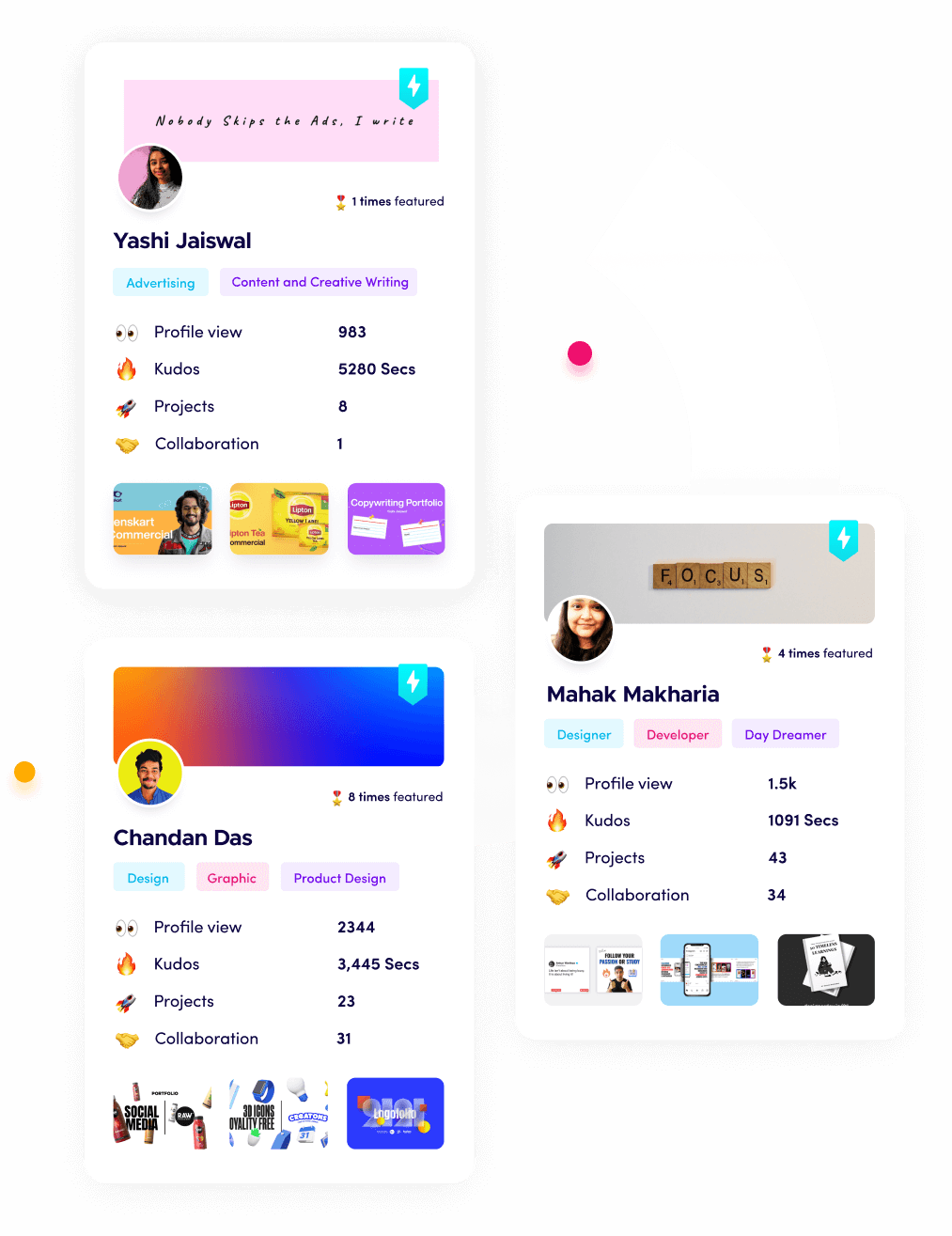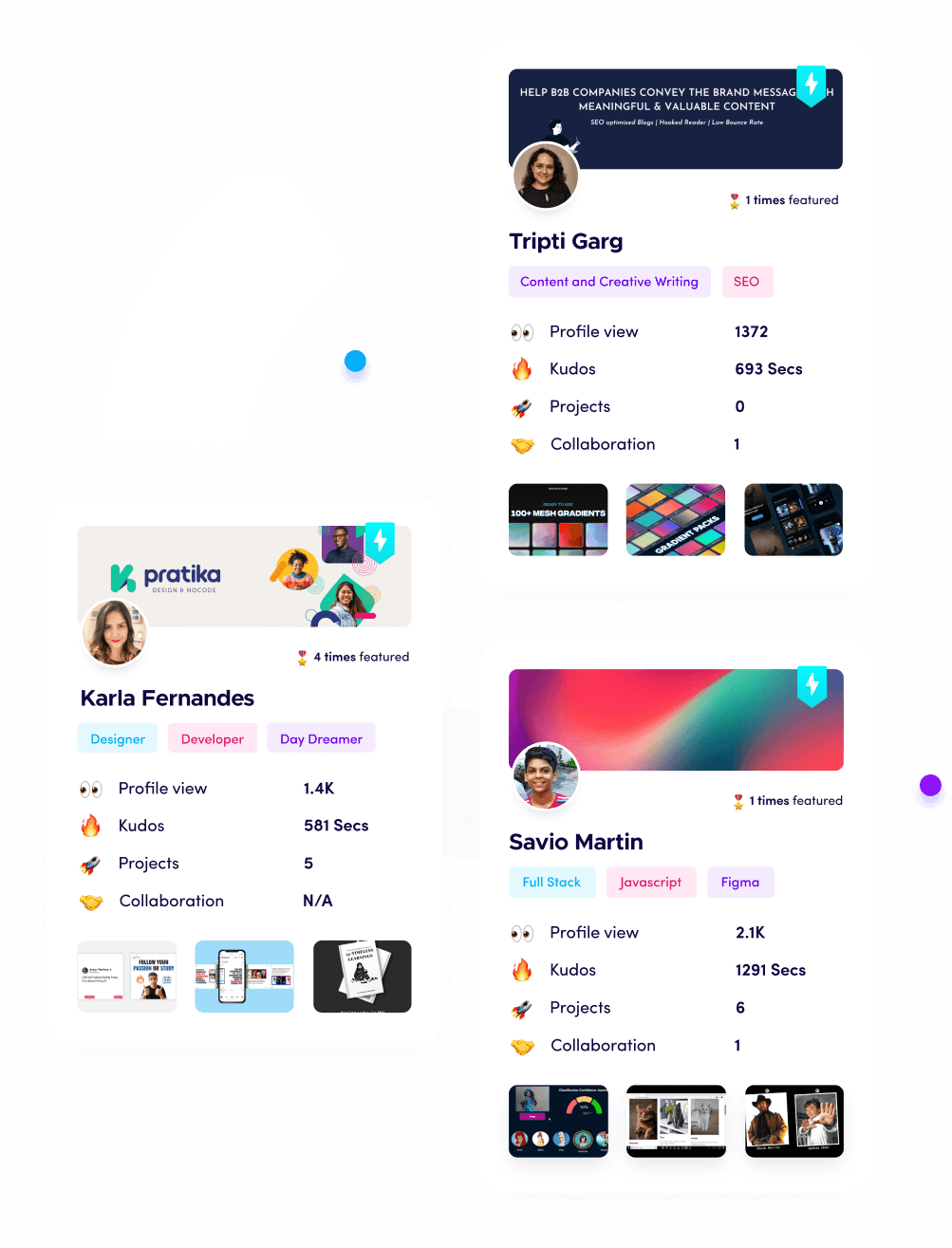The Dark Side of CSR: Why Google Was Always One Page Behind
Industry: Digital PR Platform
Tech Stack: Framer (Client-Side Rendered site)
Client:
My client is a US-based digital PR platform that helps startup founders and business leaders become recognized experts by getting them featured in Forbes, Vogue, Entrepreneur, etc. Think of them as a personal branding engine through the power of digital PR.
But there was a major gap: They were invisible to Google.
Problem
- The client had a clean, modern website built on a no-code platform. Everything looked great on the surface.
- But they weren’t showing up properly on Google, some pages weren’t getting indexed at all, and others were showing incorrect content.
When I dialed further, I found a weird issue that I had never come across.
All the pages are incorrectly pointing to a previously opened page's canonical URL, leading to potential indexing issues and diluting SEO value across the site
Let’s say you first land on this page (real Example with Changed URLs):
👉 https://brandddboost.io/services/pr-strategy
Everything looks fine. In the page’s backend code, it tells Google:
"This page is the original — index me!" ✅
(via what's called a canonical tag)
Then you click and navigate to:
👉 https://brandddboost.io/services/media-coverage
The content changes. The URL updates.
But the backend code still says:
"This page is... pr-strategy?" ❌
In other words, Google sees a new page, but the canonical tag still points to the old one.
This wasn’t just a one-time one-page bug. It happened across the entire site.
Why This Was a Big Deal
- When Google sees a page that says “Hey, I’m not the original” it might ignore it
- That means new pages wouldn’t get indexed, or Google would mix up content between them
Over time, this hurts visibility, rankings, and traffic... silently
What Was Causing It?
1. Client-Side Rendering (CSR) Chaos
The site was built on a design-focused platform that relies on CSR (Client-Side Rendering). Meaning, instead of sending a full page to Google up front, it loads content after the page is opened, like a shell that fills in.
This works fine for humans.
But search engines don’t always wait around. For crawlers, it’s like trying to read invisible ink. So they may read outdated or wrong information, especially if parts of the site don’t reload properly between pages.
In this case, the canonical tag didn’t update when users moved from one page to another.
Most search engines (including Google) struggle to fully render CSR content, especially canonical tags that don’t change on route navigation, which would lead to
- Wrong pages are getting indexed
- SEO equity diluted across multiple URLs
How to Deal with this?
Here are the prima facie potential solutions:
| Solution 1 | Solution 2 | Solution 3 |
|---|---|---|
| Implement Server-Side Rendering (SSR) | Migrate to React (Next.js) / WordPress (Recommended) | Use a Prerendering Service |
The content is mostly loaded via Client-Side Rendering (CSR). We should transition to using Server-Side Rendering (SSR) as the primary method for each page. This would make each page more authoritative and simpler for search engines to crawl and index. However, this switch might be challenging due to the limitations of our current CMS, Framer. | Another option is to move our website to a platform like Next.js. This platform supports automatic static optimization and server-side rendering, making it easier for search engines to crawl and index our content. Alternatively, we could consider migrating to WordPress, which naturally supports SSR. This would ensure that all our content is easily accessible and indexable by search engines. | For a simpler solution, we could implement a prerendering service like Prerender.io. This service generates static HTML snapshots of our dynamic pages, ensuring that search engines can see and index all the content. It's a quick and effective fix that can improve indexing without needing to overhaul our entire setup. |
Impact
While the full fix was queued in their dev roadmap, my work:
- Helped the team understand the real problem in plain language
- Prevented them from launching more broken pages
- Set them up to scale SEO without carrying forward a hidden flaw
This case wasn’t about adding content or backlinks. It was about removing friction, making sure that Google sees exactly what the users see.
Because if Google gets confused, it doesn't matter how great your content is... you're INVISIBLE
21 Jul 2024







